 OPPO launched their Neo 5 entry-level 4G smartphone in Singapore in August this year. With many smartphones headed toward the 5″ and above display-size territory this year, the Neo 5’s 4.5″ display will be a welcome relief for people who are finding those other smartphones too large for their comfort. Will the OPPO Neo 5 work for you? Let’s find out.
OPPO launched their Neo 5 entry-level 4G smartphone in Singapore in August this year. With many smartphones headed toward the 5″ and above display-size territory this year, the Neo 5’s 4.5″ display will be a welcome relief for people who are finding those other smartphones too large for their comfort. Will the OPPO Neo 5 work for you? Let’s find out.
The OPPO Neo 5 comes quite soon after its predecessor, the Neo. The latter was released in January 2014. They are both similar in design, and the Neo 5 has just a slightly updated hardware. It seems OPPO couldn’t wait to modernise their entry-level smartphone.
The Neo 5 is compact, measuring 132mm x 65.8mm x 9.2mm, and weighs 132g. It’s plasticky, but it has quite a solid build and feels very comfortable to hold in the hand.
On the left side of the Neo 5, you’ll find the power/lock button. You’ll notice that the sides of the phone is also slightly concave, which lends a more secure grip of the phone.
The bottom has a single microUSB port which, interestingly, is on the right rather than centred. Apart from the plastic around the edges, the base of the bottom has a stylised metal plate.
The volume rocker is on the right side of the phone. The concavity of the sides is a little more obvious in this photo. You can also make out the main camera on the back of the phone, and the LED flash below it.
At the top, there is a 3.5mm headphone jack. There’s also the same kind of metal plate like on the bottom.
Looking at the front face of the phone, you’ll find the three capacitive buttons for the menu, home and back functions at the bottom. The front-facing camera is at the top, the ambient light sensor next to it, and the speaker grill above them.
The back cover of the Neo 5 is removable, giving you access to the removable battery, SIM slot and microSD slot beneath it.
As an entry-level smartphone, the Neo 5’s specifications are quite basic. It does have 4G LTE support, and it’s powered by a 1.2GHz quad-core Qualcomm Snapdragon 400 processor with an Adreno 305 GPU. The Neo 5 comes with 4GB of storage, of which only about 1.33GB is available out-of-the-box for your own use. Thankfully the microSD slot allows you to expand storage capacity up to 32GB.
The Neo 5’s 4.5″ IPS display has 480×854 pixel resolution, yielding about 218 ppi density. If your eyes have been pampered by Retina type resolution, this will be a disappointment. On the other hand, the display is bright and colours are brilliant. I did find the screen surface to be a little too reflective.
The main camera is a 5 MP shooter with LED flash, and there’s also a 2 MP front-facing camera. On the connectivity front, the Neo 5 offers Wi-Fi 802.11 b/g/n (including Wi-Fi Direct and DLNA), Bluetooth 4.0, GPS with A-GPS, and USB OTG.
The Neo 5’s 1900mAh battery seems a little small, but there’s not a lot of hardware demanding to drain the battery. In my tests, the Neo 5 will last more than a day with moderate use. (In fact, the Neo 5 lasted over the four days that I left it mostly idling in my office, with Wi-Fi still on throughout, and me just checking on it occasionally.)
Despite the Neo 5 (and original Neo) being released somewhat after KitKat’s availability, there’s no Android 4.4 on it. Instead, the Neo 5 runs Color OS 1.4, which is based on Android 4.3 Jelly Bean. However, the Neo 5’s software performance is surprisingly good. The interface was really fluid, and navigating around the software is quite enjoyable. I found Color OS to be simple and intuitive to use.
You can buy the Neo 5 off-contract for S$218, or free with telco contract. The accessories that come in the OPPO Neo 5 box include a 3-pin USB charger plug, a microUSB cable, and an inline remote earphones with microphone.
Conclusions
The OPPO Neo 5 is a compact entry-level Android smartphone with just enough hardware to satisfy people with basic smartphone needs.
Pros:
- Compact and light
- Good robust build
- Good fluid interface, simple and easy to use
Cons:
- Still on Android 4.3 Jelly Bean
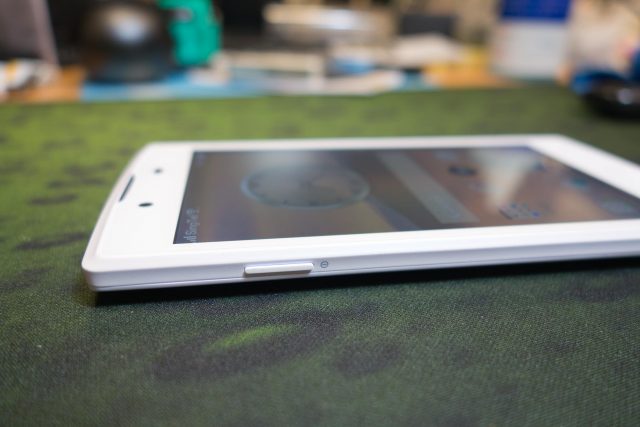
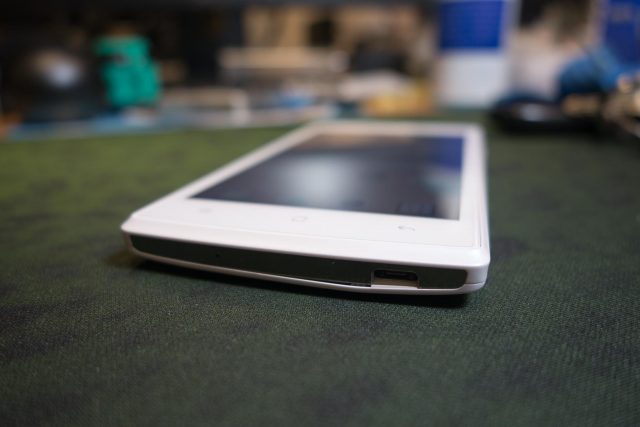
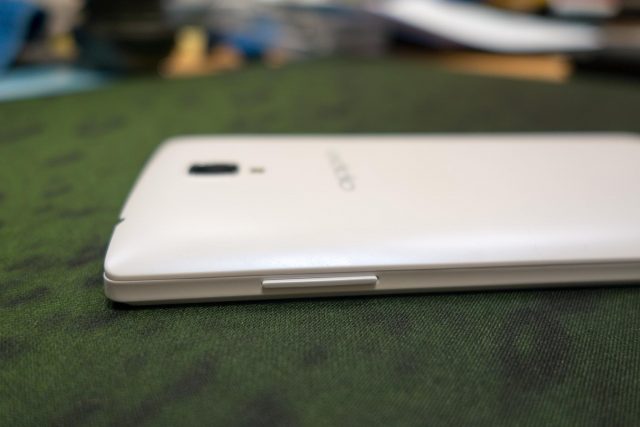
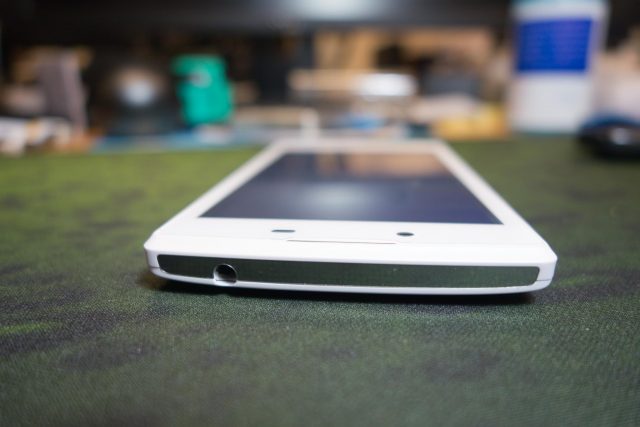
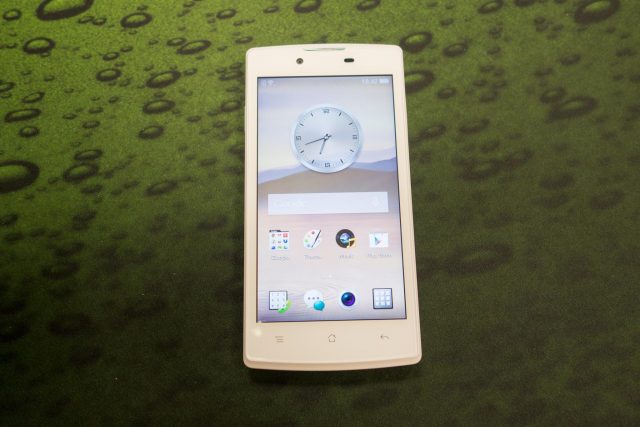
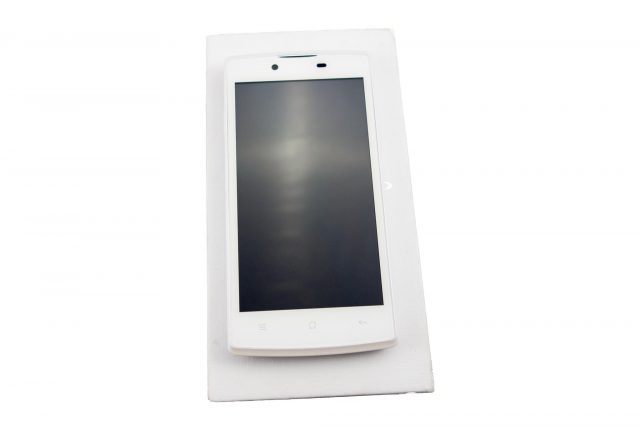
View Comment Policy